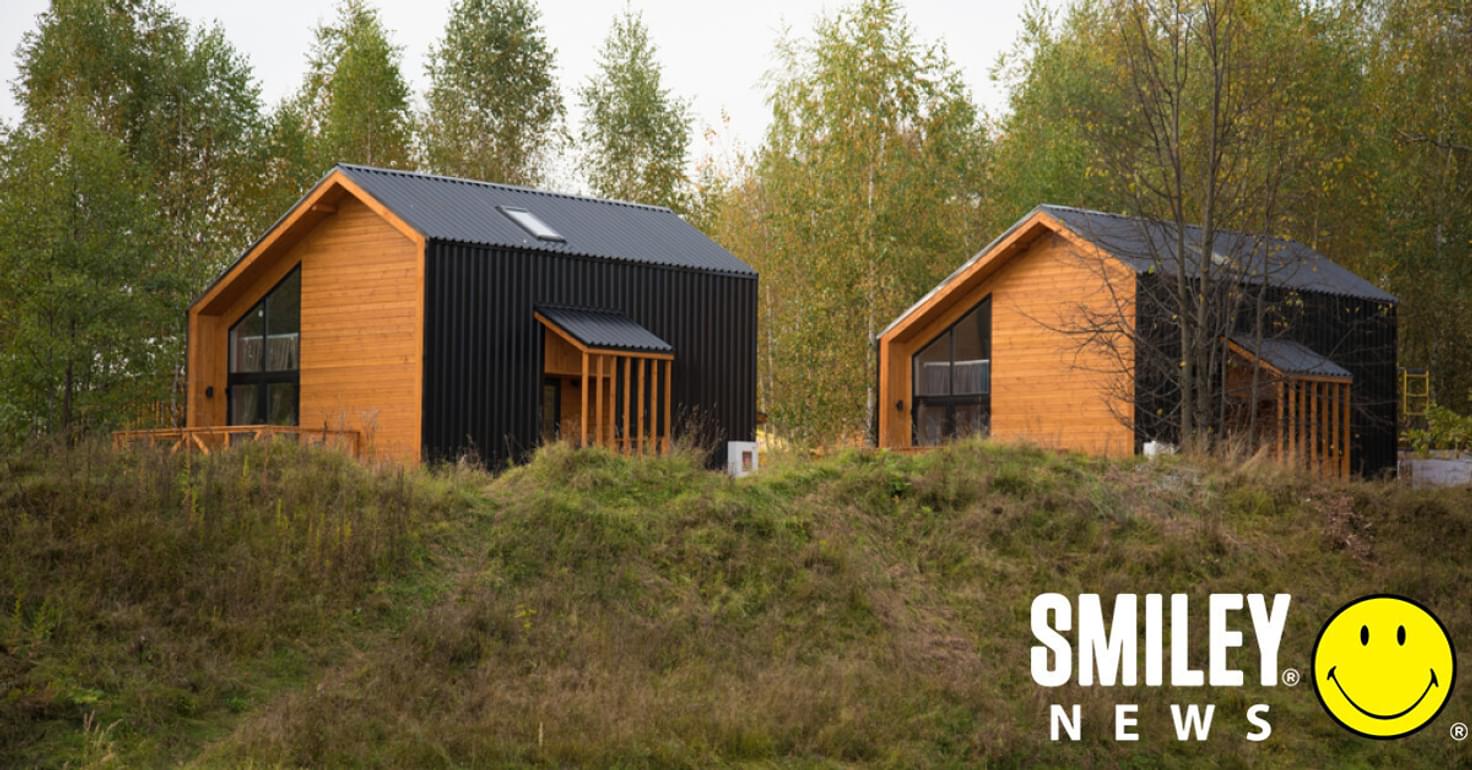
Words by Smiley Team
The tiny home movement has taken the nation by storm. Many are choosing to downsize to the space they occupy by living with less.
But for one state, tiny living has a different meaning.
Seattle, Washington – home to Amazon, Starbucks, and one of America's greatest homelessness crises – has been rapidly constructing tiny house villages for the homeless.
Like many other cities in the United States, Seattle is dealing with a massive homelessness crisis. Innovative, cost-effective housing and transitional shelter solutions are required.
The Low Income Housing Institute (LIHI), in collaboration with the cities of Seattle, Tacoma, and Olympia, as well as faith communities and building trade organizations across Washington, is one of the nation's largest providers of tiny house village shelters, ensuring that people's experiences with homelessness are as safe, dignified, and brief as possible.
[Read more: 10 ways to help homeless people this winter]
According to the Low Income Housing Institute, “tiny houses have several advantages over tents: they are safe, weatherproof, and lockable, and the communities we work to construct allow persons to reclaim their dignity and begin the process of finding housing in a supportive village setting.”
LIHI runs 12 tiny house villages in Seattle, Olympia, and Tacoma, providing housing to approximately 1,000 homeless people each year. Villages provide a safe and dignified environment for individuals who live outside.
Each tiny house is equipped with electricity, an overhead light, and a heater. Each tiny house village has a kitchen and restroom facilities, onsite showers and laundry, a counseling office, and a security hut where food, clothing, and hygiene items can be dropped off.
In a press release from LIHI, it states “there are too many unsheltered homeless men and women who are vulnerable and sleeping outside in the cold. Many are in the high-risk group for Covid-19 and have compromised health and weakened immunity.”
Tiny home communities are assisting people in transitioning from the streets to practical, safe, and secure homes. Three critical success factors are:
:: Encampments are permitted on private property and on city-owned vacant lots.
:: Case management social workers are readily available to assist village residents with healthcare requirements, job search tools, and transferring to permanent housing.
:: Village self-management, with nonprofit supervision to follow basic city rules, aids in the development of confidence, people skills, and an investment in the sustainability of the tiny home community.
Those who built or donated tiny houses included nonprofits, churches, schools, community leaders, and members of the community.
If you want to learn more, donate or get involved, go to the Tiny House Program through the Low Income Housing Institute.